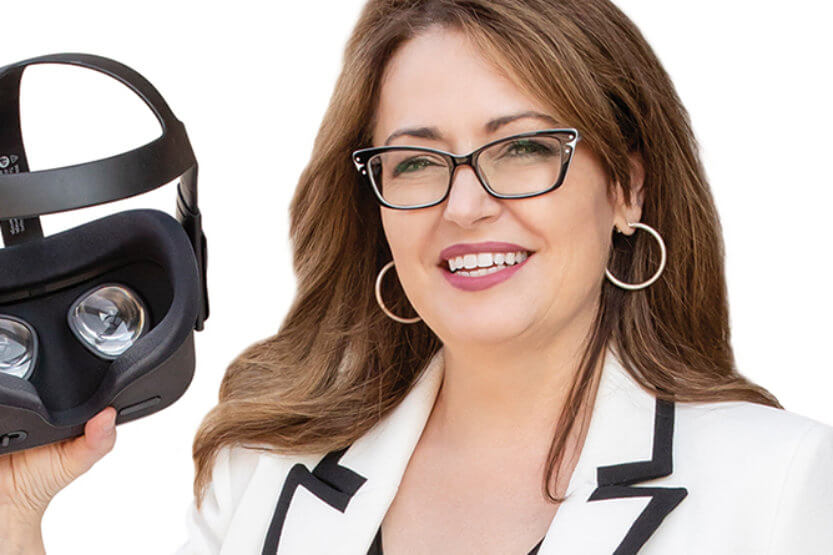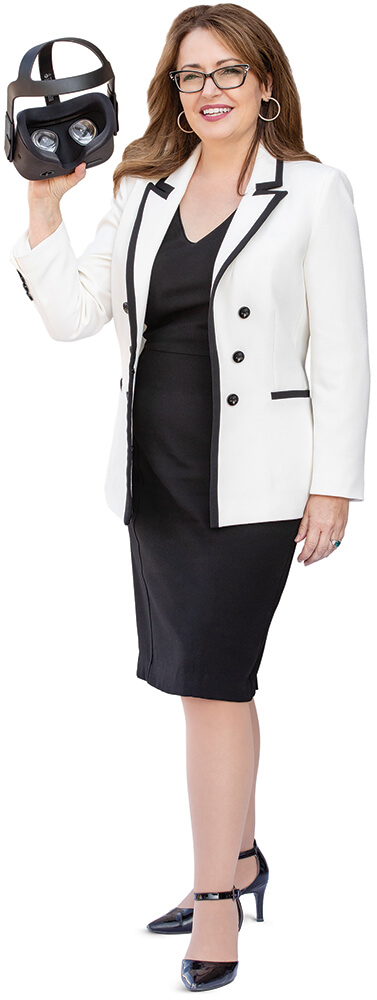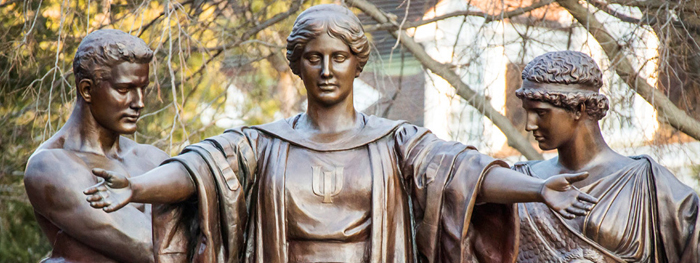In Class: Vision Quest
 Accountancy instructor Angel Chatterton (Image by L. Brian Stauffer)
Accountancy instructor Angel Chatterton (Image by L. Brian Stauffer) I teach taxation, which is a required class for accounting students at Illinois. They find it, frankly, kind of boring. We cover the core concept of depreciation. Everybody in the U.S. who has their own business—small, big, corporation—is affected by depreciation. But honestly, the chapter on depreciation is rather dry to read. And it dawned on me that there was a disconnect.
My next-door neighbor owns a franchise business, a doggie day care. My dog goes there. The students and I visited her business to see my cute little dog. Then I said, “Okay, let’s pretend this is our tax client. What is depreciable and what is not depreciable here?” The students should have been able to answer that immediately, but they were clueless. They didn’t realize that the facility’s fencing, for example, could be depreciated. Or the play equipment my dog was lying on. Overall, my neighbor has purchased $50,000 worth of equipment for her business! That led me to believe that if the students were in a virtual reality room where they could see, feel and touch things, that experience would make the tax code more tangible to them.
I own an Airbnb property. I took a 360-degree picture of it with a GoPro camera. Using very rudimentary virtual reality, my student team and I superimposed four questions about depreciation over various parts of the space. Basically, they were traditional A-B-C-D questions: Are these things depreciable or not? That way the students could feel as if they were in the Airbnb, and they were giving the tax client advice. I envision tax advisors in the donning virtual reality goggles and being able to visit their clients in this manner.
Why is virtual reality different than video? Because you can feel, touch and see at the same time. The more senses you have involved in mastering a concept, the more it gets into your brain. It’s my belief that information presented in virtual reality resonates more in students’ memories than just watching that information on a flat video screen. If I could add the smell of cookies baking, I probably would.
I have been working on creating and mass-producing headsets and software for teaching taxation and auditing in virtual reality. I think that if we can bring the price down, we can democratize the technology for lower-income students and bring the textbook to life.
I’m teaching in person and online, which is the hybrid model. My students in class log on to Zoom so they can interact with their teammates who are solely online. It’s surreal, but it’s working fairly well. Eventually, there will be a new normal. I don’t know what it’ll be, but I’m kind of excited about it. Nobody’s afraid of Zoom anymore. COVID has shifted the curve on online behavior from passive to more dynamic and interactive.
# When we call on students online, we expect feedback, a dialogue—whether I see you on your camera or in a text chat in the Zoom room. We conduct engaged polls so that we get feedback from the 200 students in the class. Teaching is more interactive. And it’s fun.
Edited and condensed from an interview conducted on Sept. 14, 2020.


